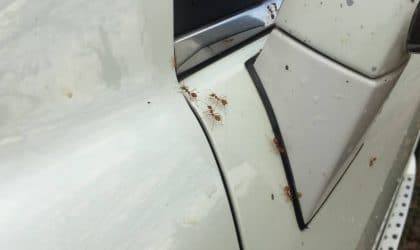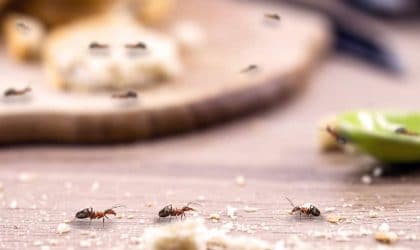Which Plants Repel Roaches? 3 Plants that Really Work
Wouldn't it be nice if you could keep away unwanted roaches with nothing more than wonderful looking ornamental plants? Luckily, you can! And here are 3 of the most effective.

Controlling roaches using store-bought roach baits is not appealing to some homeowners who prefer to make their own natural bug repellents from plants. Plants can make a great alternative to even some more natural remedies that have gained steam over the last decade.
And while some herbs famously discussed in the internet don’t really have evidences to support how effective they are, some ornamental plants do.
So which plants repel roaches?
Here are 3 that practically made history and science tell us how effective they are in driving away roaches.
Some herbs that claim to repel roaches aren’t actually effective.
Catnip
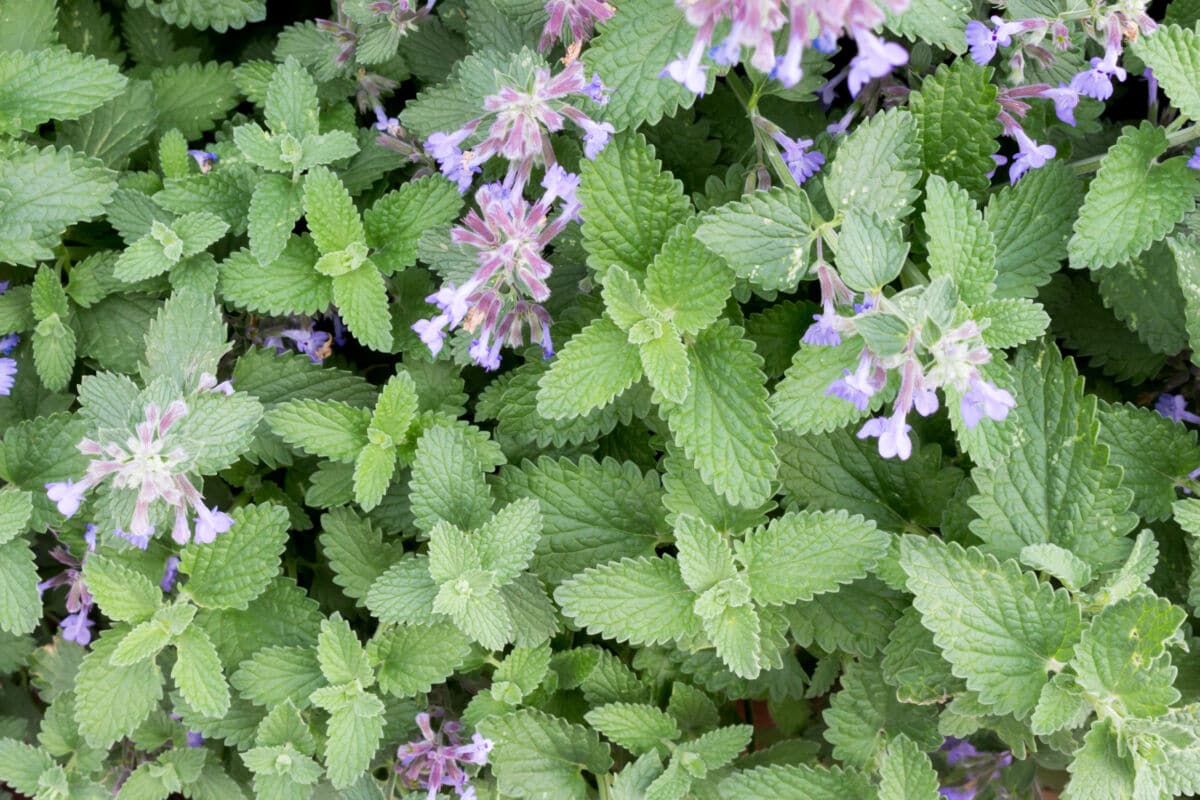
The first, and probably the most famous, roach-repelling plant is catnip. Loved by our feline friends but feared by a lot of bugs including roaches, ants, weevils, aphids and flea beetles, this plant is the usual go-to for homeowners who want to use natural ways to ward off pests.
According to eHow, many herbs may not work with cockroaches, but the catnip has been scientifically proven to repel roaches. In 1999, Science Daily reported that researchers from Iowa State University confirmed that this plant can ward off roaches. They found that this mint has two variations of nepetalactonem, a substance that isn’t particularly liked by German cockroaches and possible by its other roach cousins as well.
To make full use of this plant, you can do several things. First, you can plant catnip all over your house. You can also spray brewed catnip tea on your walls and in roach infested corners. If you don’t have catnip tea, essential oil can be used instead. Just combine the oil with some water in a spray bottle.
But remember that since this plant is highly volatile to cats, you might not want to use the treatment when you own a few of them. It causes cats to be completely euphoric for about 10 minutes. It may not be ideal to keep them in a house that smells like catnip all day, every day.
Chrysanthemums
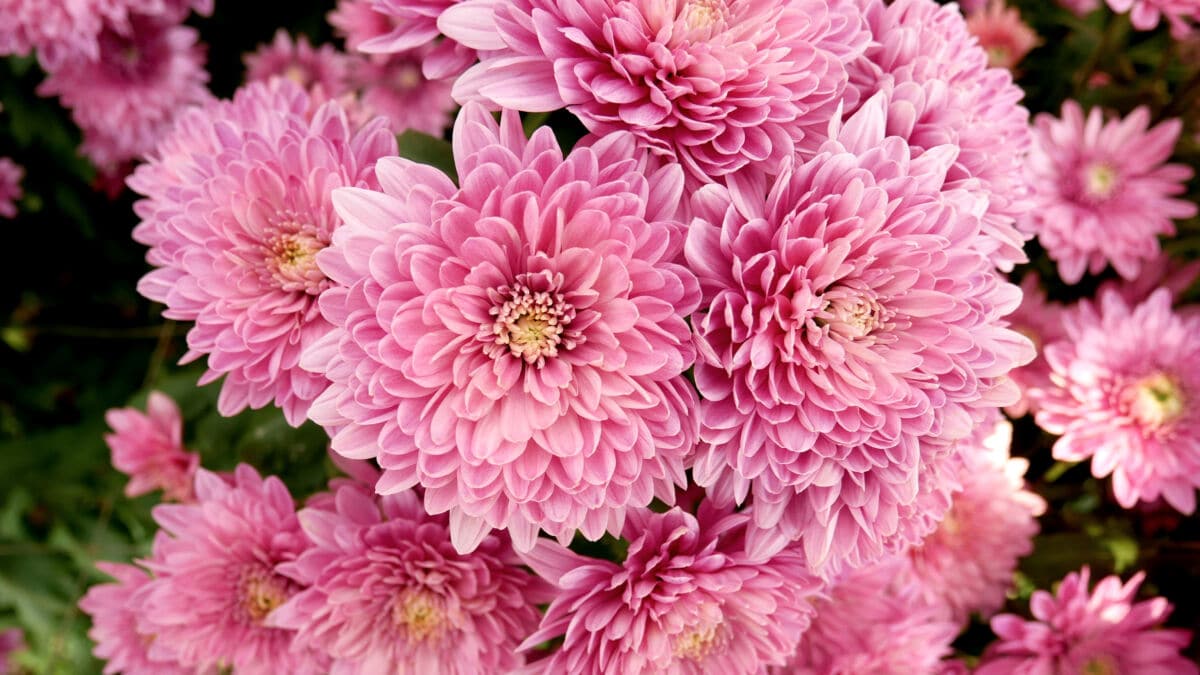
Chrysanthemums don’t only look gorgeous; they repel pests too. For Mother Nature Network, this plant is as useful as other health-beneficial herbs because it repels more than one insect. It can drive away ticks, fleas, lice, bedbugs, mites and of course, cockroaches. It makes it unbearable for them to live near your home, even if they like to try and hide.
These flowering plants was previously in a genus of Old World plants called pyrethrum. It’s a group of flowers with a very lengthy history of repelling pests. They’ve even been using them in the Middle East for a century.
Pyrethrum is also the name of the insect-repelling substance extracted from these flowers. The substance is so effective that it’s been made into pesticide sprays commonly available all over the country.
But what comes with every success story is a dark side. Pyrethrum is toxic to humans and should not be handled without safety and preparation. Its effects range from triggering allergic reactions to affecting your kidneys and lungs. Here’s more info on the risks.
Osage Orange Trees
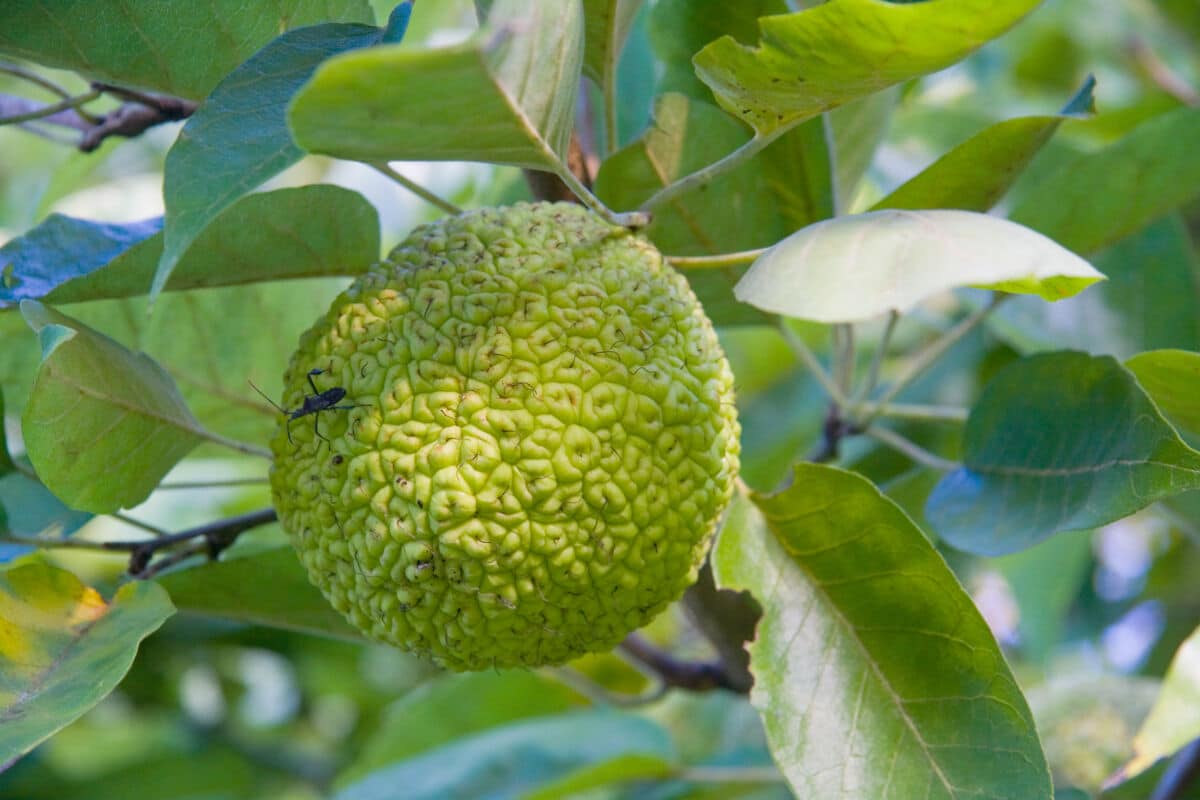
The last plant we’re featuring goes by a lot of names – hedge apple, bow-wood, mock orange and horse apple. But you probably know it as the Osage Orange Tree.
The same study from Iowa State University mentioned in the 1999 article by the Science Daily included the osage orange tree as one of a handful of plants that can drive away roaches. The researchers discovered substances in that fruit that can also repel German cockroaches and probably other roaches too.
These findings are totally consistent to the tree’s reputation as its odd looking fruit has long been a folk remedy for pests. Accordingly, just by simply planting the tree in your yard can discourage roaches.
You can also extract oil from the fruit although there isn’t really an established way of doing that yet. The osage tree remains as one of a few plants that can help us fight roach infestations.
So that’s it. If you’ve been contemplating on growing useful plants on your yard, we hope that these three can help you in making a solid decision in picking out which plants repel roaches.
Don’t forget though that these three alone can’t possibly eradicate a house riddled with cockroaches. You have to combine several methods or treatments to really solve your roach problem.
Share this post
Save time and money on pest control
Subscribe to expert DIY pest control tips, pest control product reviews and information.


